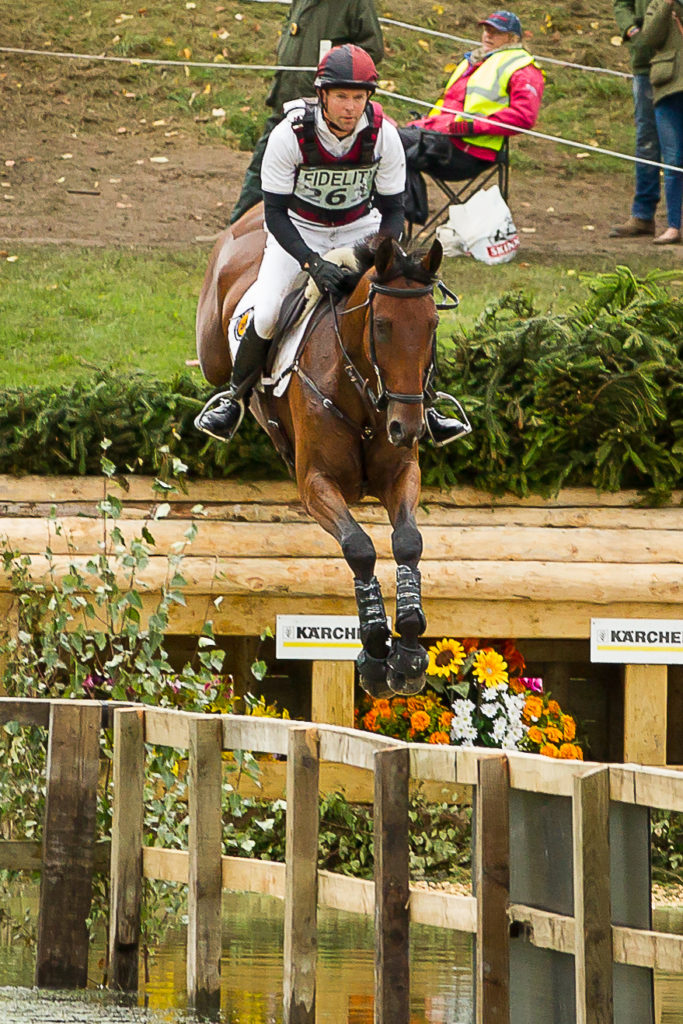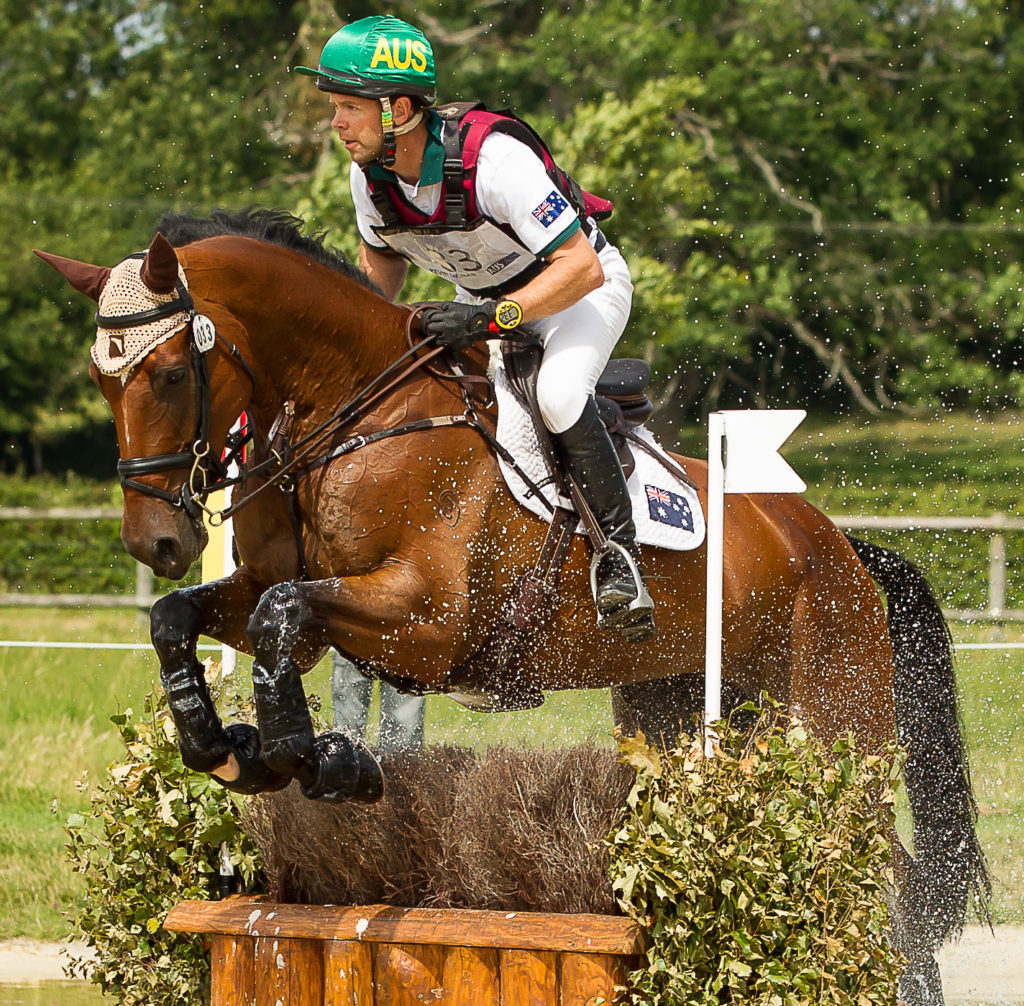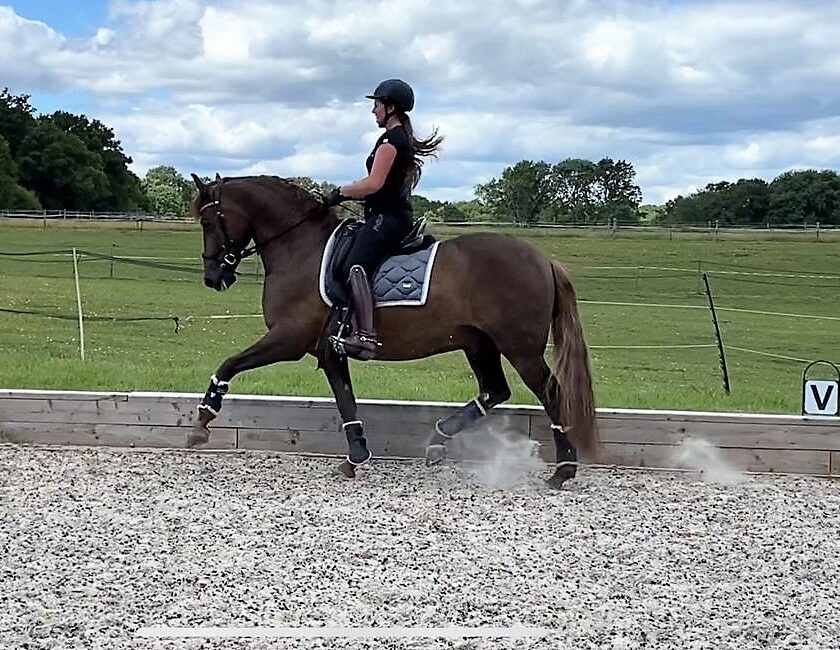10 Top Tips for Cross Country Success with Kevin McNab
Cross country tips from the top
Regular 4* event rider, Kevin McNab is known for his magic hands – here he provides his top tips on achieving cross country success.
- Preparation is key to success in the world of eventing and we make sure all the horses are well ready and confident for the level they are competing at.
- The cross country course is there to test both the rider and horse so having a good understanding of the course allows you to think ahead throughout your round.

- The course will often be completely new to your horse and he is going to see it for the first time when you are out there. Clear instructions are important to give them the maximum amount of time to understand the questions being asked.
- When competing in the cross country phase it is important to find a good rhythm as this takes much less energy out of your horse.
- The horse’s speed, endurance and jumping capability are all tested within a cross course round and your job as a rider should be to make sure you are not taking more out of your horse than is required.
- Alternative routes can be the deal breaker on the time if you run into problems so having these well worked out beforehand without crossing your tracks is key to success.
Communication between horse and rider is paramount
- A rider’s attention to detail will be tested, such as the speed you approach a fence at, the line you take to a jump, your set up and how early you need to get your horse together so you need to have a plan for every jump.
- Taking note of the ground conditions during your final course walk it is a good time to decide what studs you are going to use and depending when you run how churned up the ground will be.
- Timing is everything and at major events walking the course up to three times allows you to pick out the most direct lines between fences. Thinking about trees and any low branches that could be a potential problem is something riders can easily miss. Where the smoothest terrain is or picking the inside track over the outside are all small details which can save you time and put you in the best possible position.
- Communication between horse and rider is paramount. Listening to what the horse tells you and being able to feel where the horse is allows you to be in the best position to bring them home safely.
For further information visit www.mcnabdougall.com




